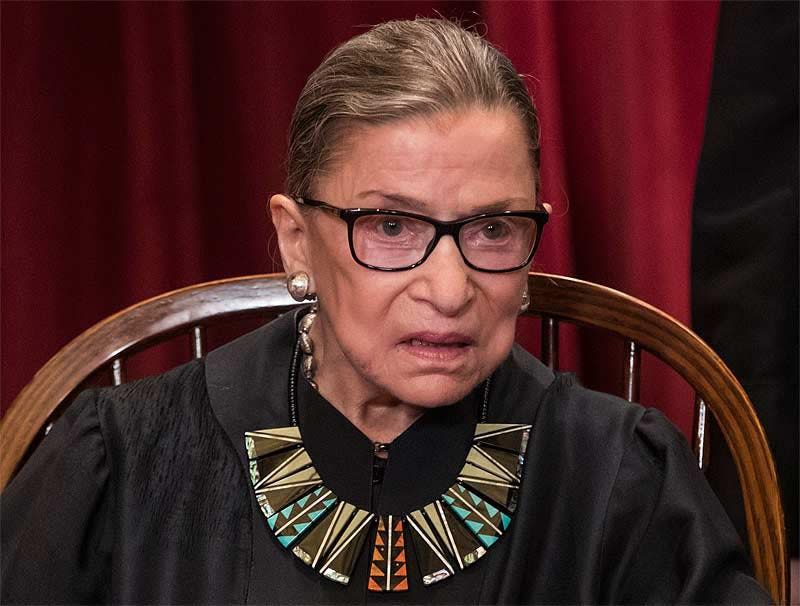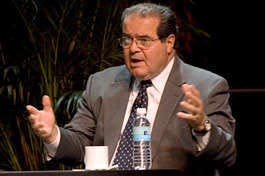Justice Breyer leaving Supreme Court after 28 years. How long does a 'for life' appointment usually last?

- Oops!Something went wrong.Please try again later.
- Oops!Something went wrong.Please try again later.
- Oops!Something went wrong.Please try again later.
- Oops!Something went wrong.Please try again later.
With the announced retirement of Supreme Court Justice Stephen Breyer, a new justice will soon be appointed to the high court.
On paper, the appointments are for life, meant to ensure judicial independence from external factors.
Retired prosecutor's view: Supreme Court Justice appointments have always been political. Let's celebrate Biden's
But as Breyer's retirement illustrates, "for life" doesn't necessarily mean "until death."
According to the Supreme Court's website, the average length of a justice's tenure is 16 years.
Opinion: A Black woman on the Supreme Court can't fix Democrats' problems, but America needs her
However, the recent trend to appoint younger justices, combined with ever-lengthening life expectancies, is expected to stretch those terms. Analysis conducted by consulting firm Oliver Wyman estimates that the average tenure for Supreme Court justices over the next 100 years will be around 35 years.
Here are the six most recent justices to leave the Supreme Court and how long they served.
Ruth Bader Ginsburg

Appointed by President Bill Clinton in 1993, Ginsburg served for 27 years until her death in September of 2020. President Donald Trump's nomination of Amy Coney Barrett to replace her stirred controversy as Ginsburg's dying wish was to have her seat filled after the 2020 election.
David H. Souter

Appointed by George H.W. Bush, Souter served for 18 years and 263 days. Souter retired in 2009, allowing President Barack Obama to nominate Sonia Sotomayor to take his place.
Anthony M. Kennedy
Kennedy was nominated by President Ronald Regan to replace Lewis F. Powell Jr. After serving for over 30 years, he retired and was replaced with one of his former law clerks, Brett Kavanaugh.
Antonin Scalia

The Supreme Court's first Italian-American justice, Scalia served for over 29 years before he died of natural causes. Trump replaced him with Neil Gorsuch.
William Rehnquist

After being nominated by Richard Nixon, William Rehnquist served for almost 19 years before dying at the age of 80. President Reagan replaced him with Scalia.
Sandra Day O'Connor
The first female associate justice of the Supreme Court of the United States, O'Connor served for 24 years before retiring in 2006. George W. Bush nominated Samuel Alito to replace her.
This article originally appeared on Savannah Morning News: How long do Supreme Court justices serve? Years of tenure vary

